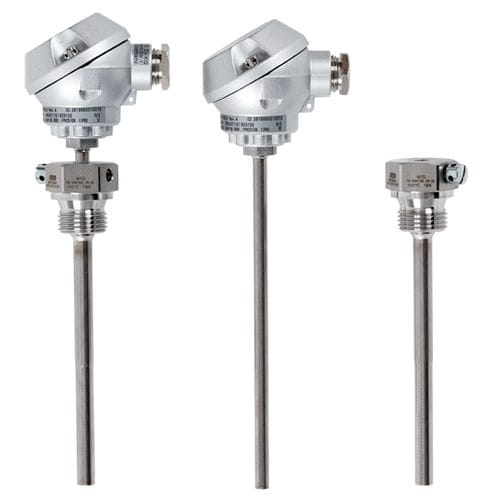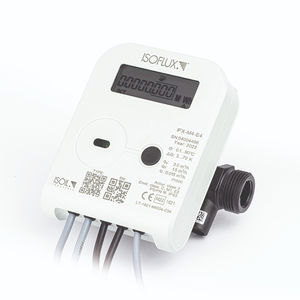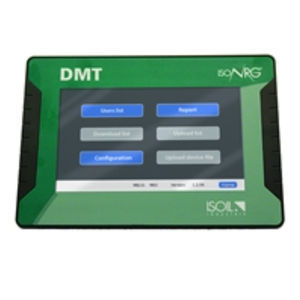
- Company
- Products
- Catalogs
- News & Trends
- Exhibitions
Pt100 temperature sensor PLHPt1000platinum resistivePt500
Add to favorites
Compare this product
Characteristics
- Technology
- Pt100, Pt1000, platinum resistive, Pt500
- Mounting
- threaded
- Other characteristics
- average
- Temperature
Min.: 0 °C
(32 °F)Max.: 180 °C
(356 °F)
Description
PLH type temperature sensors are platinum resistance temperature sensors used for temperature measurement.
The output parameter of the temperature sensor is the electrical resistance.
The operating principle is based on the variation of the electrical resistance of the sensitive element in proportion to the variation of the temperature of the average measured object.
The dependence of the resistance on the temperature of the medium, depending on the designation Pt, is according to EN 60751.
Their installation is by means of thermowells with ½ ”G M threaded process connection.
They are divided into MID approved versions and non MID approved versions, for both the connection can be made with two or four wire technology.
Description
The temperature sensors PLH, flow meters, energy meters, ultrasonic flowmeters, and industrial automation systems have been ISOIL Industria‘s passion and continuous research since 1958, and for any information or advice please do not hesitate to contact our specialists.
Technical Specifications
Suitable for use for the calculation of thermal energy calibrated in pairs.
Sensors compliant with EN1434 – 2
The PLHs are produced for installation by means of a thermowell.
Accuracy compliant with EN 60751 + A2: 2000, and subject to directives 2004/22 / EC of March 31, 2004 – Annex I / Annex MI-004 for calorie counters.
Paired sensors can also be supplied individually.
Versions up to 10 meters with cable or with wiring head.
Ball valve (Ball-Valve) Wells with seal / plumbing included.
Catalogs
*Prices are pre-tax. They exclude delivery charges and customs duties and do not include additional charges for installation or activation options. Prices are indicative only and may vary by country, with changes to the cost of raw materials and exchange rates.











